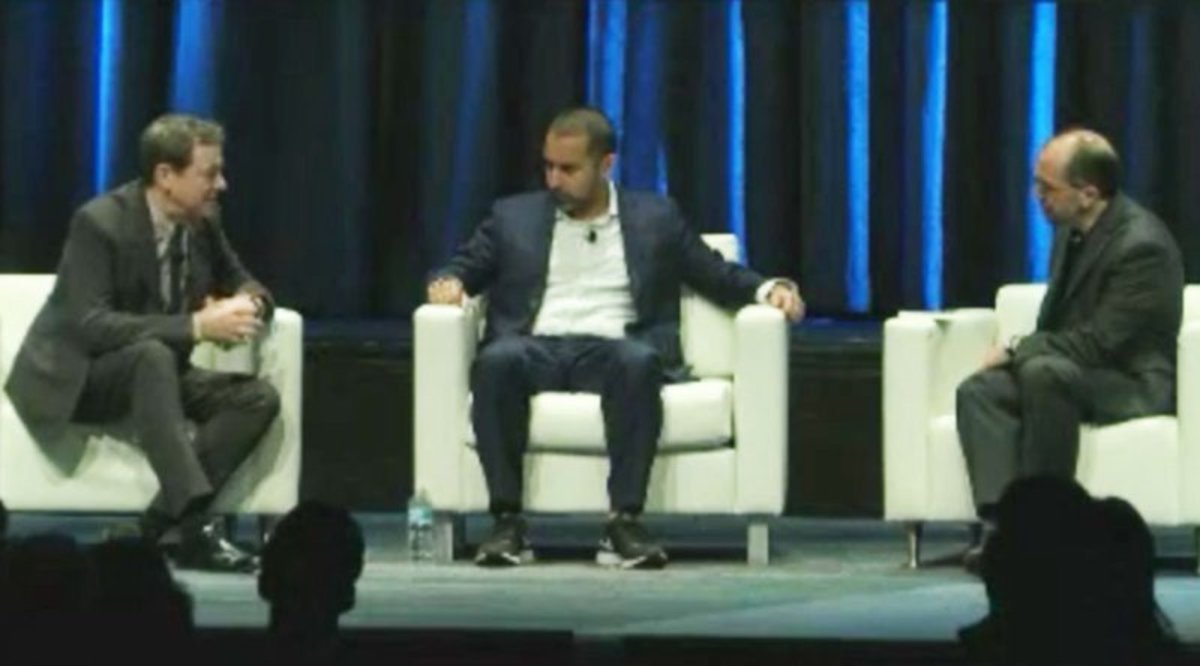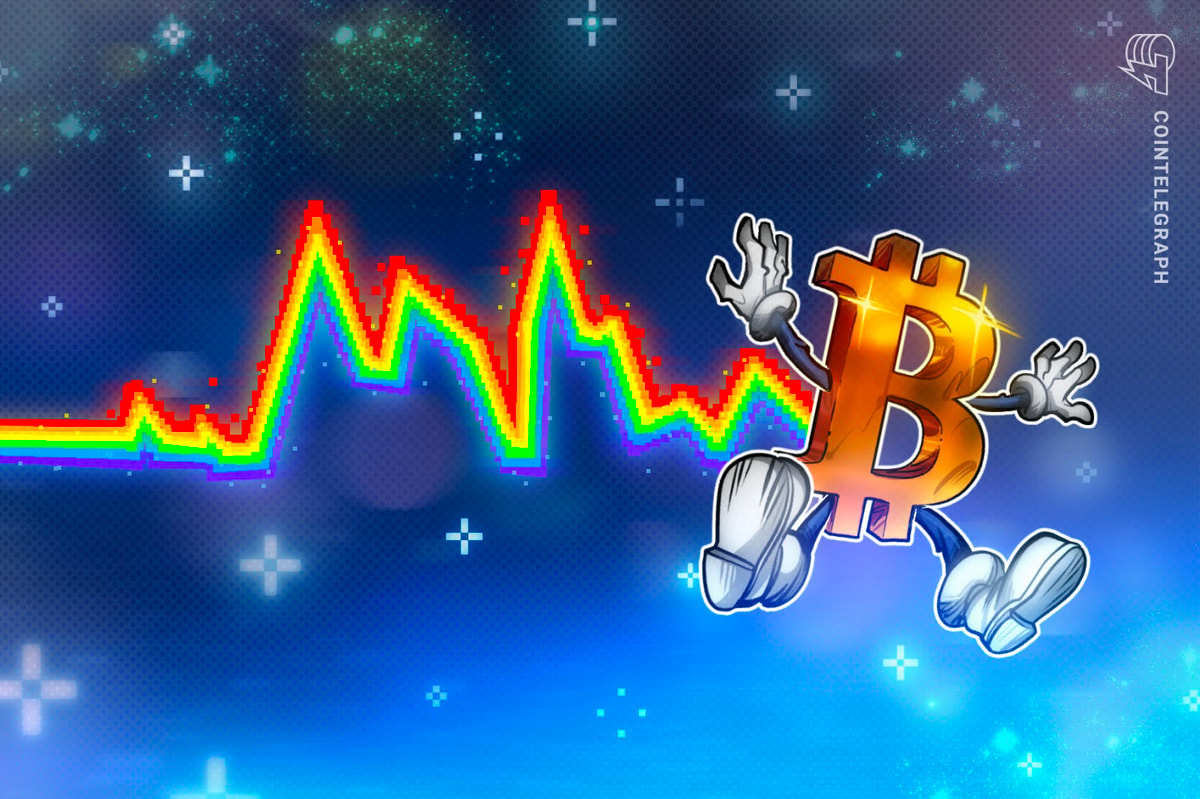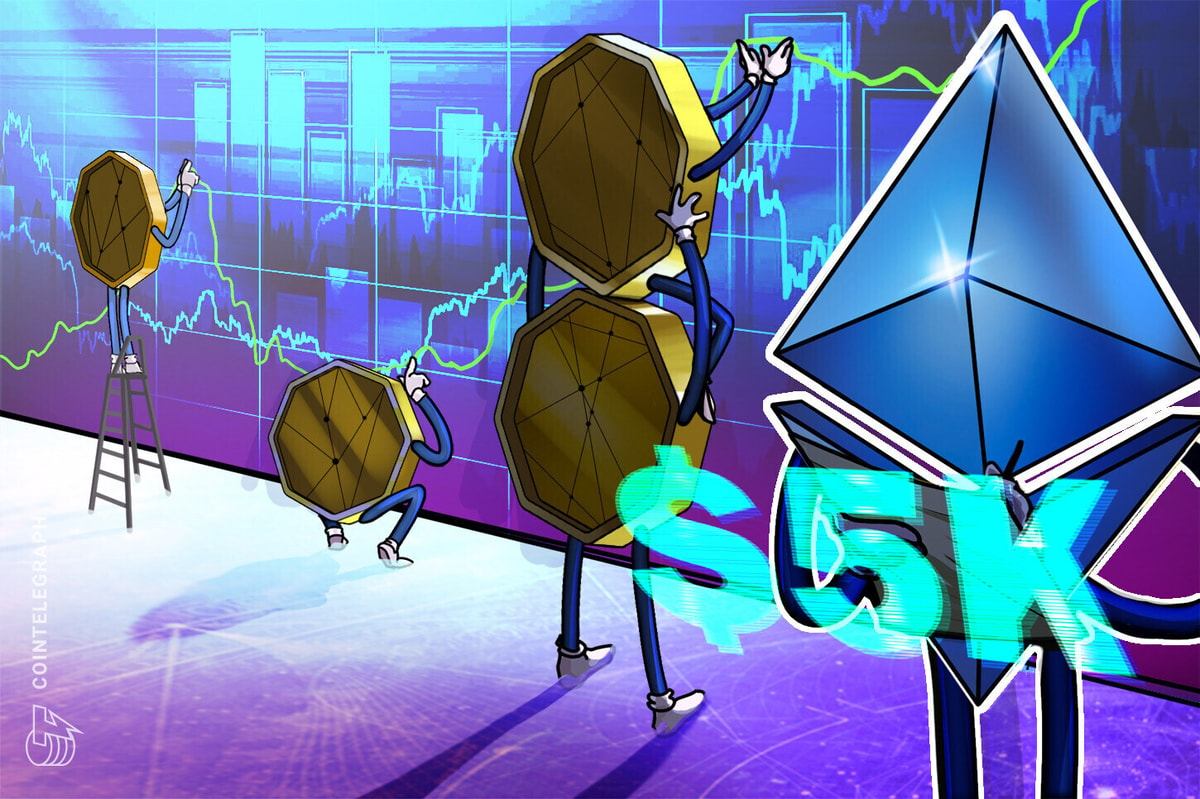
Yesterday, May 16, 2018, well-known venture capitalists Fred Wilson and Balaji Srinivasan, the latter of which is now the CTO at Coinbase, had a chat with Wall Street Journal reporter Paul Vigna on the mainstage of Consensus 2018. During the discussion, Srinivasan and Wilson were asked for their opinions on recent comments made by Warren Buffett, Nouriel Roubini and other notable bitcoin skeptics who have been quoted in the media recently.
In their responses, the pair of tech investors (but mostly Wilson) pointed out the differences between Buffett’s approach to investing and how the crypto asset market works. It is these fundamental differences between crypto assets and traditional stocks that may explain why the “Oracle of Omaha” has a general distaste for bitcoin.
For those who missed it, Buffett recently referred to bitcoin as “rat poison squared” at Berkshire Hathaway’s 2018 annual shareholder meeting.
The Right Way to Look at Crypto Assets
One of the key counterarguments to Buffett’s assessment of bitcoin made during the chat at Consensus 2018 was articulated by Wilson right after the topic was first brought up by Vigna.
“Calling it rat poison, to me, suggests that they haven’t taken the time to really understand what’s going on here,” said Wilson. “If all you think of it as is some new asset class and some new thing that you can trade, then I think you’ll come to that conclusion. But if you really understand that this is a fundamental innovation in foundational technology for the internet that provides a bunch of new functionality that didn’t exist before this, then what I see it as is like the LAMP stack or something. This is an entirely new stack that we’re going to get to build new applications on top of, and the tokens are just the fuel that lights up that stack.”
The LAMP stack referenced by Wilson is an open-source platform and set of tools (Linux, Apache, MySQL and PHP or some other scripting language) that has been used to build dynamic websites and applications during the “Web 2.0” phase of the internet. Some view blockchain technology, of which bitcoin was the first implementation, as a key component of a new, decentralized internet, which has been dubbed “Web 3.0.”
This Is Very Different From Buffett’s World
Wilson would later add that his work in venture capital is quite different from Warren Buffett’s approach to the investment world. While Buffett searches for cash-producing assets that will grow in value over time, Wilson is making a large number of moonshot bets in anticipation that a handful of them will lead to hundredfold gains.
Talking more specifically about the world of crypto assets, Wilson explained that this market is more about picking the networks that will win rather than the businesses built on top of them.
“The value is going to ultimately, I think, accrue to the token, not necessarily to the operating business that you build on top of these networks,” said Wilson.
In short, the ways in which the tokens native to these networks are valued are quite different from a normal business that Buffett would purchase. How to fundamentally value these crypto assets is still an open question, which adds even more difficulty and specialization to the emerging market.
“There are some things about this sector that are unlike any other asset class we’ve ever seen,” Wilson would later add during a digression regarding forks in the crypto asset ecosystem.
While Wilson admitted there are some crypto tokens that have inflated valuations right now, Srinivasan added that bitcoin and blockchain technology in general have already reached a point at which people like Buffett are frequently asked to comment on the topic, which points to a level of success that has already been achieved.
Additionally, Srinivasan mentioned that other institutional figures, such as IMF Managing Director Christine Lagarde and Goldman Sachs CEO Lloyd Blankfein, have had more positive things to say about the future of crypto assets.










